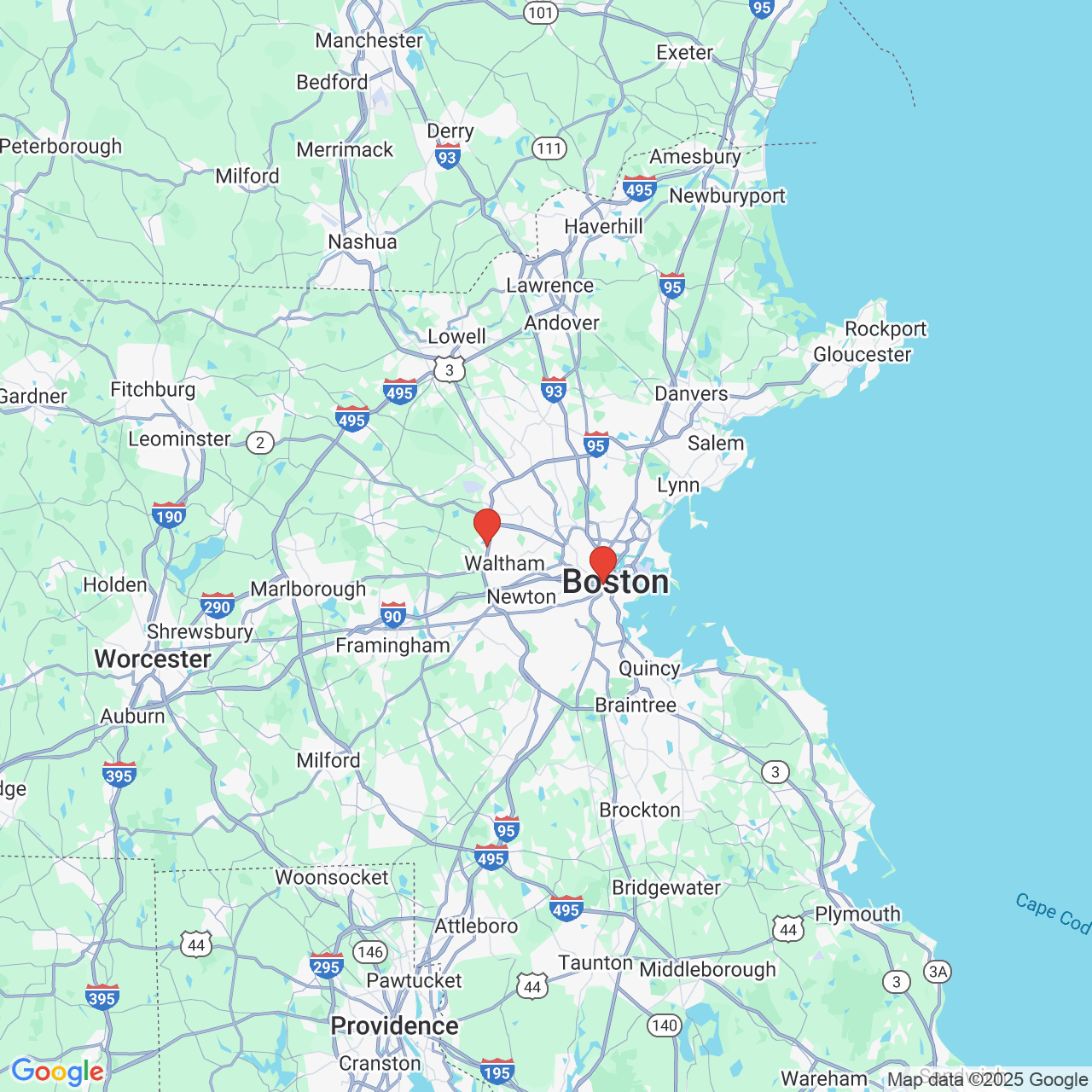Dental Bridges for Front Teeth vs. Molars
 If you are missing one to three teeth in a row, a dental bridge could be an excellent solution for you. These restorations are anchored by natural teeth or dental implants and effectively span the gap to complete your smile.
If you are missing one to three teeth in a row, a dental bridge could be an excellent solution for you. These restorations are anchored by natural teeth or dental implants and effectively span the gap to complete your smile.
There are several different types of dental bridges available, depending on your unique oral health needs. Here, our team at Dental Associates of New England in Boston, MA discusses dental bridges for front teeth vs. the molars, along you’re your treatment options.
Dental Bridges for Front Teeth
When replacing teeth in the smile zone, it is important to provide a restorative option that will achieve optimal aesthetics. Since the front teeth are typically not under as much pressure as the back teeth, patients may have a few different options when it comes to replacing a tooth in this area.
Common dental bridges for front teeth include:
- Traditional bridges: Conventional dental bridges are the most common type of bridge used. Traditional bridges consist of two dental crowns on both sides with prosthetic teeth, or pontics, in between. The crowns are supported by the teeth on both sides of the gap, while the artificial teeth span the space between them.
- Cantilever bridges: This type of restoration is similar to a conventional bridge. The primary difference is that there is only one crown instead of two. The crown is supported by a natural tooth on one side of the space, and the overhanging pontic fills in the gap in your smile. Cantilever bridges are not recommended often, but for some patients, they may be an ideal option.
- Maryland bonded bridges: If you are only missing one front tooth, your dentist may recommend a Maryland bonded bridge. Instead of cementing the bridge onto the neighboring teeth, a Maryland bridge is bonded to the backs of the adjacent teeth with special resin wings. As a result, the natural teeth do not need to be filed down to accommodate the restoration. In general, Maryland bridges are not recommended for patients with more than one missing tooth, as they do not offer the stability or surface area of traditional bridges.
Dental Bridges for Molars
Patients who have consecutively missing back teeth will most likely require a traditional dental bridge. Molars exert significant force, and they are responsible for most of the chewing function. Therefore, cantilever and Maryland bridges are typically not recommended for the posterior areas.
Implant-supported Bridges
Widely considered the most successful option, implant-supported bridges can be used to replace front or back teeth. Instead of relying on natural teeth for stability, implant-supported restorations are anchored to dental implants.
To be eligible for this type of treatment, patients must have dense, healthy jawbone tissue. During a consultation at our practice, your doctor can tell you if an implant-supported bridge is the right option for you.
Contact Dental Associates of New England
If you are missing teeth and are considering replacing them with a dental bridge, schedule a visit with one of our doctors. Contact Dental Associates of New England by calling (781) 890-4900 or (857) 350-3400.



